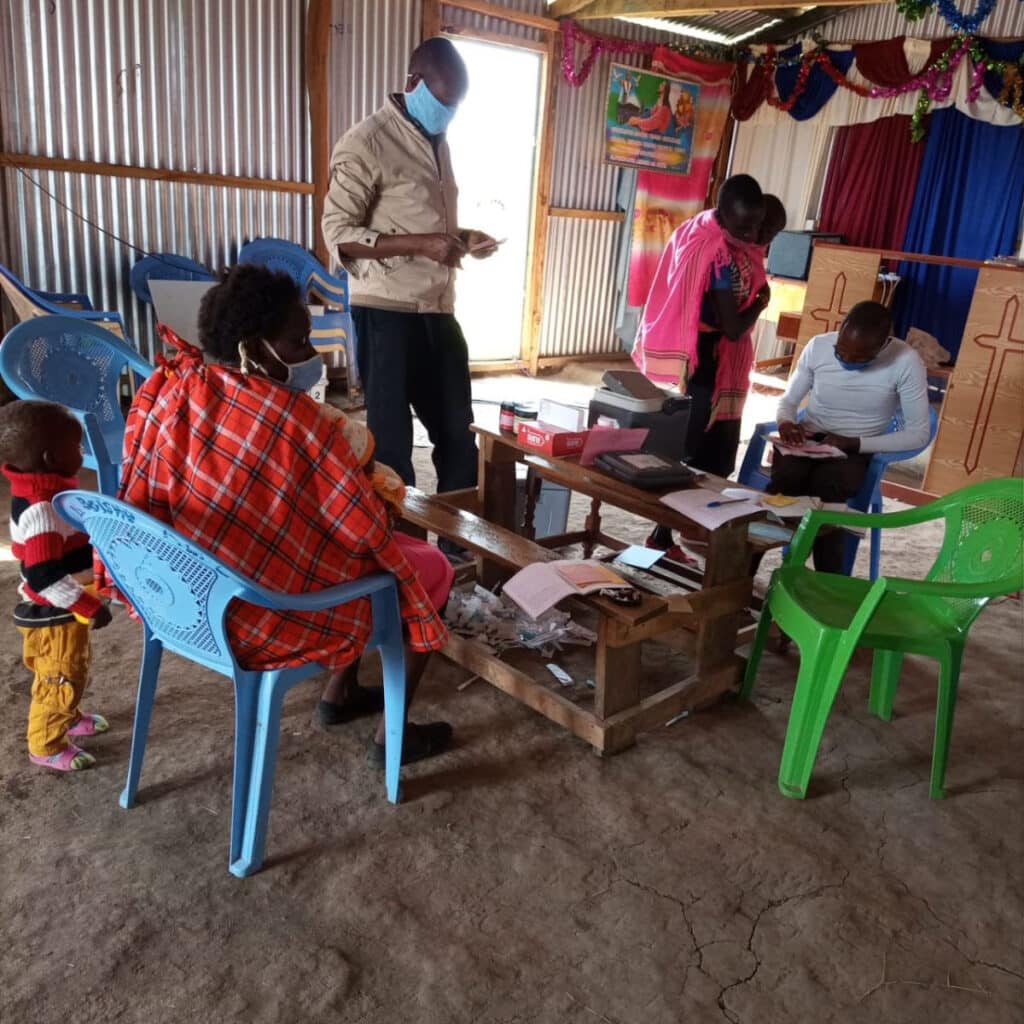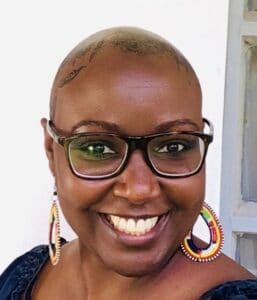The 30 villages fenced by hills
By Kinya Kaunjuga
The heat was brutal and unforgiving as I herded our cattle. At times the dust would prevent me from knowing where they were. When I couldn’t see each one, I would call out their names, so they wouldn’t stray too far.
And yet there’s nothing I was more proud of as a boy. In fact no matter how far I walked, sustaining myself on the milk my mother had packed in my gourd, I was motivated to search for pasture deep in the harsh terrain, knowing that our fattened cattle would be the admiration of the entire village.

Over time, I developed a keen sense of where to find succulent patches of vegetation and hidden pools of water southwest of the Ewaso Ngiro landscape. Usually, they were too far away for me to return home on the same day so I spent many days and nights alone without the security of our kraal and this created a bond between myself and nature.
This bond led me to study Agricultural Engineering at Baraton University in Kenya.

When we had a break from the university, I would visit my village and witness the difficult plight families faced when a loved one got sick or had birthing complications and they couldn’t reach the nearest hospital because it meant walking for many days.
As I spoke to a friend about the struggle our villagers experienced to get medical care, he suggested that I study nursing. A nurse himself, he was convincing and so I applied to nursing school. When I didn’t get in, I applied to the school of pharmacy. When I didn’t get in to that either, I applied to medical school and got accepted. Since I couldn’t afford the entire medical degree, I got a medical diploma which is why I’m a Clinical Officer.

When the elders asked for my return, I was perfectly positioned as a Maasai with medical training to address the unique challenges presented by our deeply cultural people. Especially the fear of medical treatment that they did not understand.
For example, I discovered the maternity uptake was very low at the health center because the Maasai mothers believed that healthcare workers were not friendly towards them and were not kind.

I decided to go out into all the villages and reach them. I started making sure the staff were kind to our mothers. For example, by showing them how to use and deposit pads and how to use the indoor toilet when they came to Naikarra to give birth. We got good beds with good mattresses, cleaned and brought in a heater for cold nights, and a small gas cooker to make tea and a meal for the patients.
Our deliveries at the clinic increased from 10 to 30 per month.
Sounds bites, odds & ends

“This work is more than just work. There are things you have to do that are extraordinary. For example, forgoing a salary due to patients who cannot afford to pay. My wife Josephine does not complain and she adjusted to the life we have. She is currently running a small shop in town and sometimes it’s what feeds us and our three children,” says Leonard.

“I carry out many procedures to save patients’ lives because the alternative is to send them to a bigger hospital in Narok town, which is 3 hours away by car and they would die on the way without my intervention,” Leornard Lemontoi, CO at Naikarra Health Centre.
In the next and final chapter of this story, Leonard talks about, “How Naikarra found Banda.” In case you missed the first chapter, check it out here: Spear guarded patients.
$5000 helps us improve BandaGo and get it into another clinic
Thank you for giving to Banda Health. Your donations make it possible to consistently improve our technology solutions which medical clinics in distant villages like Naikarra are using.
We couldn’t do it without you.

Kinya brings passion, an infectious laugh and 15 years of experience in the corporate and non-profit world to Banda Health. A Texas A&M alumni with a degree in Journalism and Economics, she says, "I love doing things that matter!"

